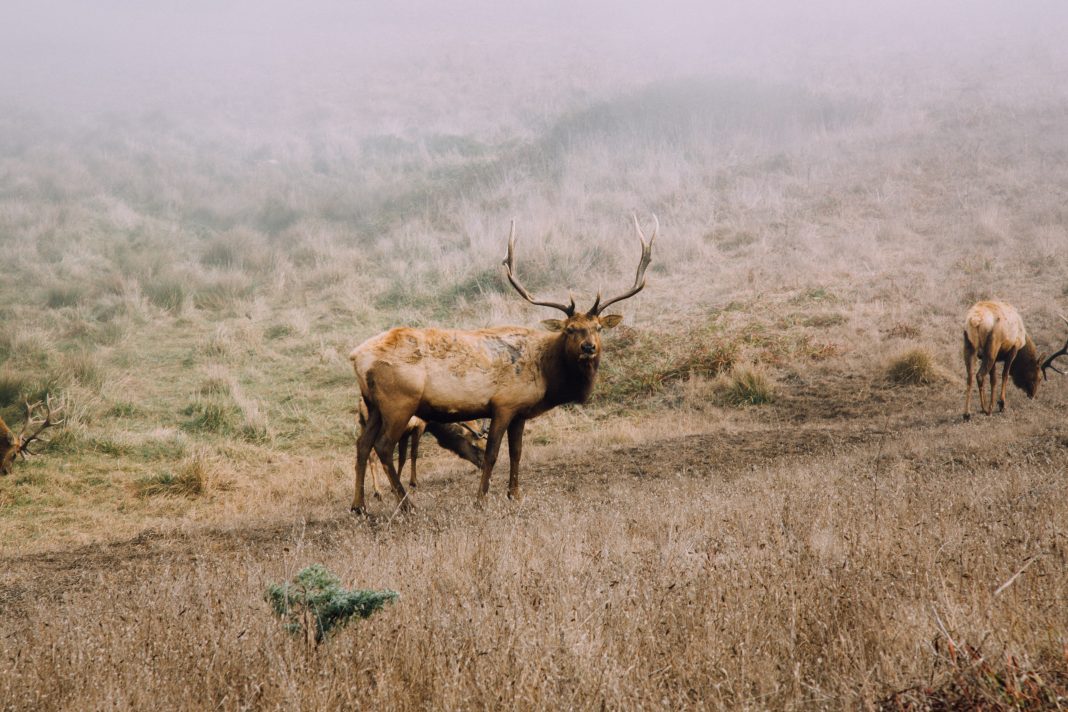UTAH RECEIVES GRANT FOR BIG GAME RESEARCH- The Department of the Interior on Friday, Feb. 14, awarded Utah and 11 other states with $3.2 million in grants. This latest round of grants is apart of a larger effort by the Department to improve habitat and migration corridors. Impressively the grants will be used to fund 19 different projects chosen by wildlife managers across the 11 states.
Many big game species migrate thousands of miles annually. Some of the issues the Department is trying to solve are as follows. Firstly, these grants will work to solve major migration issues that have arisen in much of the west. As urban sprawl continues wildlife and vehicle interaction are on the rise. Sadly when wildlife and vehicles meet both parties lose. The grants will greatly improve existing corridors by creating safe road crossings. Secondly, the Department wants to create better habitat for game species and non-game species alike. The goal is to provide ample feed and cover in addition to quality water sources.
“Big game species such as deer, elk and pronghorn contribute to the West’s quality of life and provide hunting and wildlife viewing opportunities,” said Secretary of the Interior David Bernhardt. “These grants will help states further scientific research to ensure sustainable wildlife populations and improve the ongoing, collaborative, on-the-ground efforts to conserve habitat for these animals for generations to come.”
Last year Secretary of the Interior David Bernhardt supported 17 similar projects attempting to improve winter range for wildlife. Interestingly, the Department has issued over $22 million during these grants. This year’s projects are well distributed with 8 focusing on mule deer, 6 on elk and 5 on pronghorn.
Utah’s research project consists of:
The Boulder Mountain unit in southern Utah includes the highest timbered plateau in North America. It plays host to over 80 lakes and has some of the best brook trout fishing in Utah. The Boulder Mountain mule deer population is migratory, moving off of the high elevation plateau in late the fall to the valleys below. Recently the Utah Division of Wildlife has created a project to learn more about this migration. Interestingly, the deer will share the same summer range but once the migration kicks in they have over 15 different winter ranges to choose from. Thanks to the grant Utah DWR will now have the ability to collar 100 deer with GPS trackers. Information will be transmitted back to wildlife officials over the course of a few years. Data will then help Utah DWR personnel understand migration corridors on the Boulder Mountain better.
If you would like to check out the other 10 states projects you can read the DOI’s press release here. How do you feel about these new grants? let us know in the comments.















